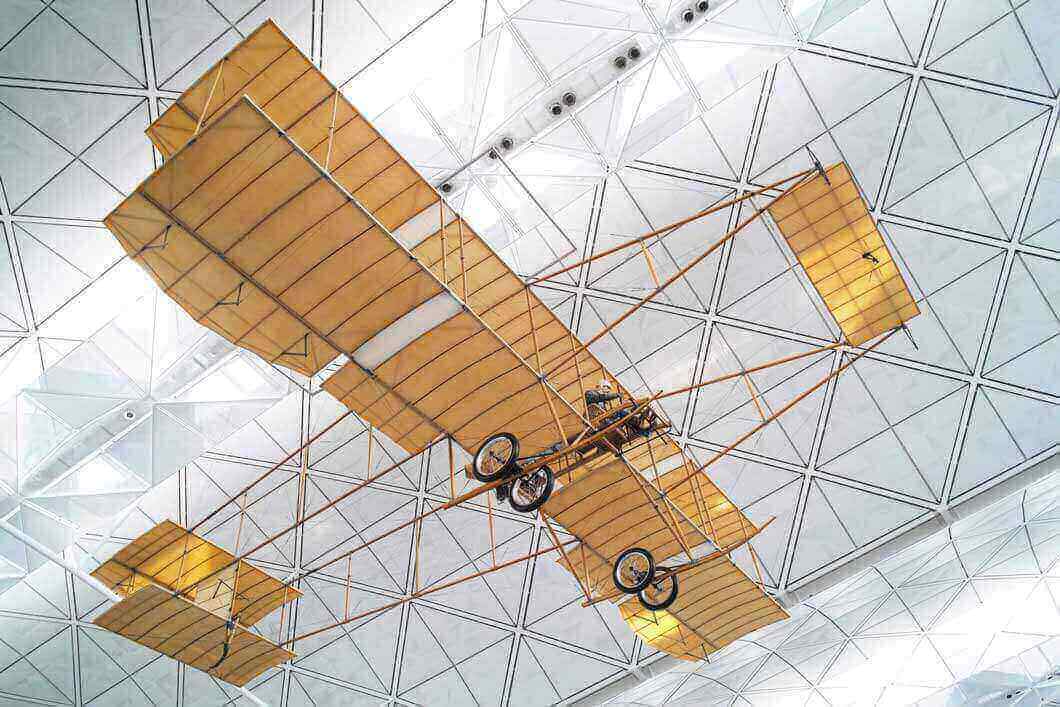#Equaleverywhere: Flying barrier-free
18.03.2022
Personal mobility is a basic human need. Yet the corona pandemic has made each of us acutely aware of how painful limitations to personal mobility are. While for the majority of people these restrictions are temporary, there is also another group: People with Reduced Mobility (PRMs) are confronted with mobility restrictions every day, even outside the corona crisis - including in air travel. The aviation industry is therefore working intensively to remove barriers for PRMs as best as possible, while at the same time successively increasing the level of comfort and thus making air travel an attractive and comfortable form of mobility for all people.
In this context, so-called single-aisle aircraft are increasingly coming into focus. Even before the Corona crisis, this type of aircraft was in greater demand than wide-body aircraft - and the trend is still upwards.
The growing role of single-aisle aircraft
Demand for air travel hit a low point in 2020 due to the COVID-19 pandemic. A return to pre-COVID-19 levels is expected in 2024, according to a forecast by Eurocontrol.
In this context, single-aisle aircraft are playing an increasingly important role and their share in the overall portfolio is growing noticeably: at Airbus, for example, since 2011, the beginning of the golden era of Asia-Pacific low-cost carriers, 80-90% of annual orders have been for narrow-body aircraft in the form of the A320 family and the A220.
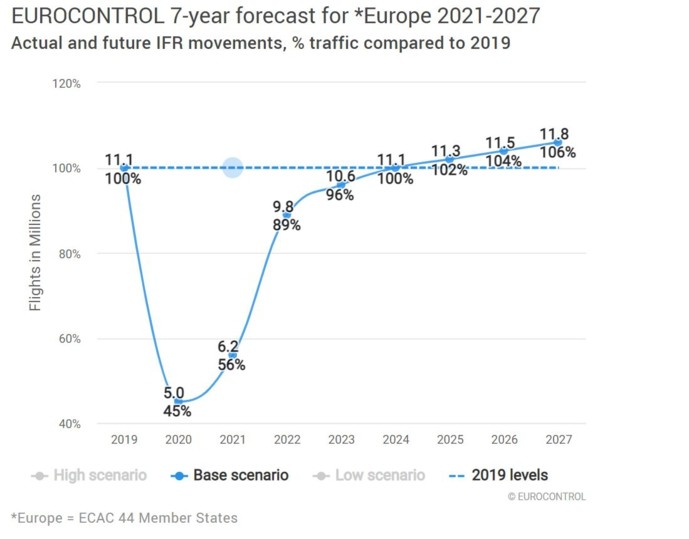
- The A321neo has a range of 7,400 kilometres, with a typical seating capacity of 180-200. The A321XLR, in turn, has a range of 8,700 kilometres and a planned seating capacity of 244. This aircraft type is scheduled to enter full service in 2023. Flight time could exceed 8 hours for both variants. (Airbus 2021a; Airbus 2021b)
- Boeing is also focusing on single-aisle aircraft: the group has four variants of the 737 that are suitable for long-haul flights. These are the 737 MAX 7 to 737 MAX 10. The maximum range of the aircraft family is 7,130 kilometres. (Boeing 2021)
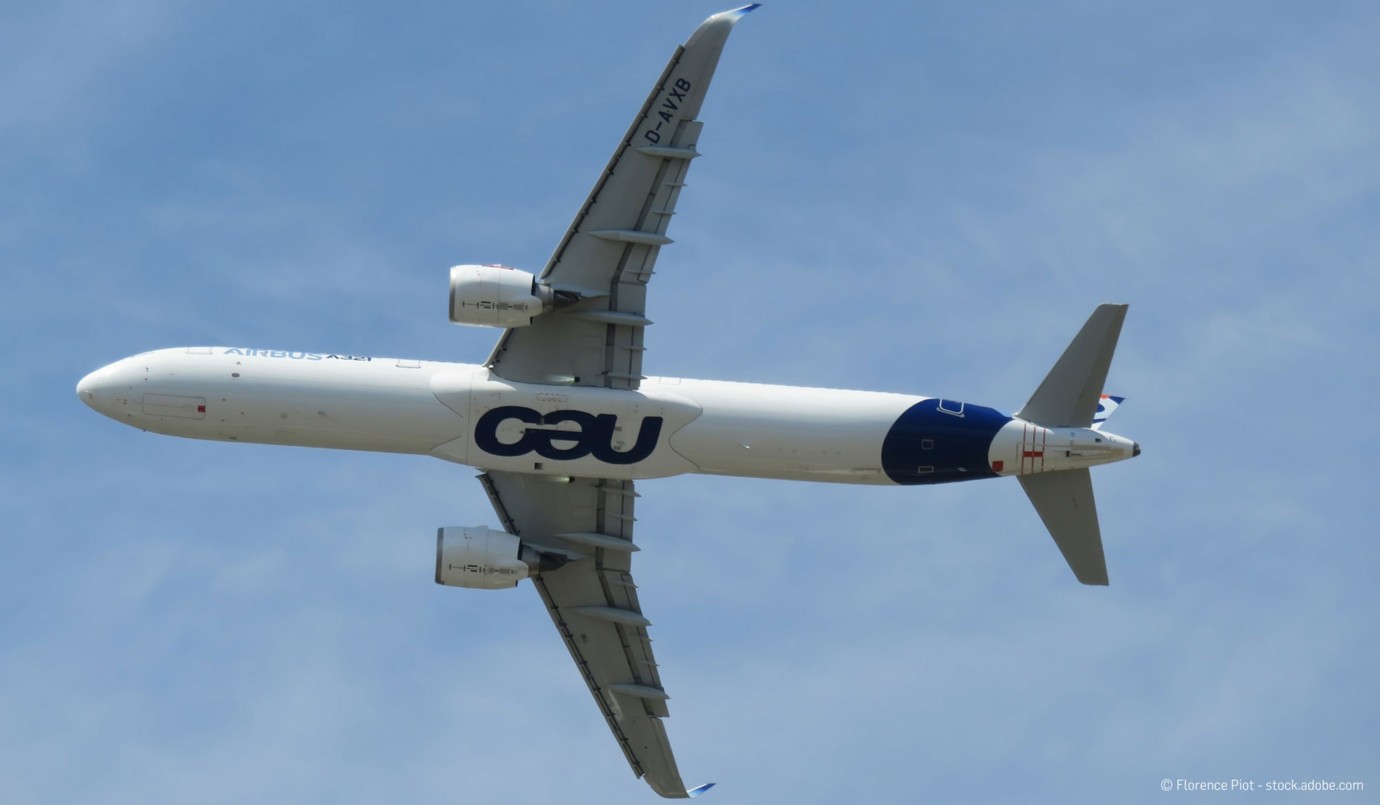
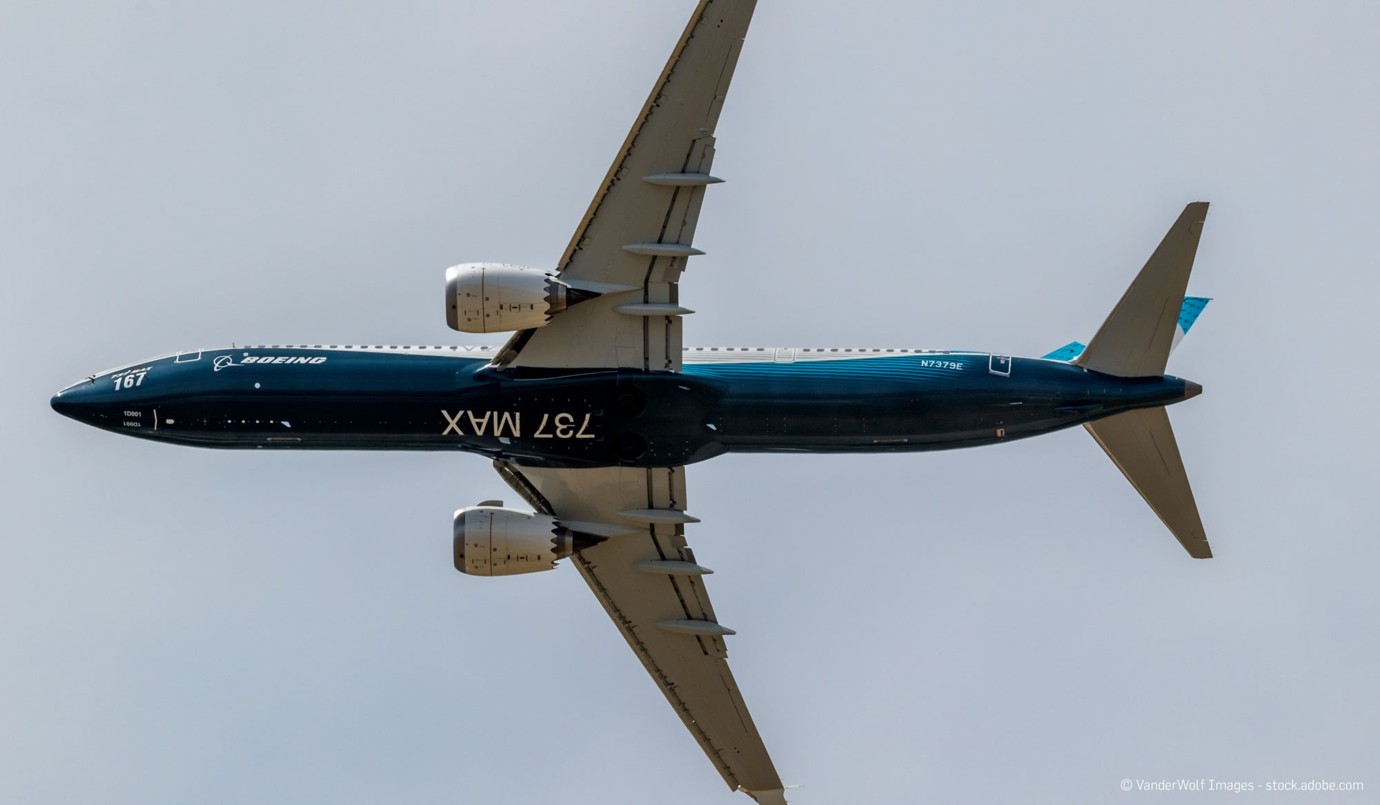
The challenge of space availability
Single-aisle aircraft impress with their greater flexibility and competitive strength. However, they also have less space available - for example, in aircraft lavatories. Disability associations are therefore lobbying hard for new regulations to ensure that barrier-free lavatories and on-board wheelchairs (OBW) can be installed in single-aisle aircraft in the future.
Single-aisle aircraft for medium and long-haul routes
The need is growing, as single-aisle aircraft are increasingly used for longer routes. For example, the average scheduled flight time for a flight over the US continent is about 6 hours for a distance of about 4,600 kilometres. This distance - such as the New York - Los Angeles route - is defined as a medium-haul flight.
Today, 50 % of such routes are already served by narrow-body aircraft. The operator is often a low-cost carrier (LCC) that extends the range of its medium-haul narrow-body aircraft by adding fuel tanks.
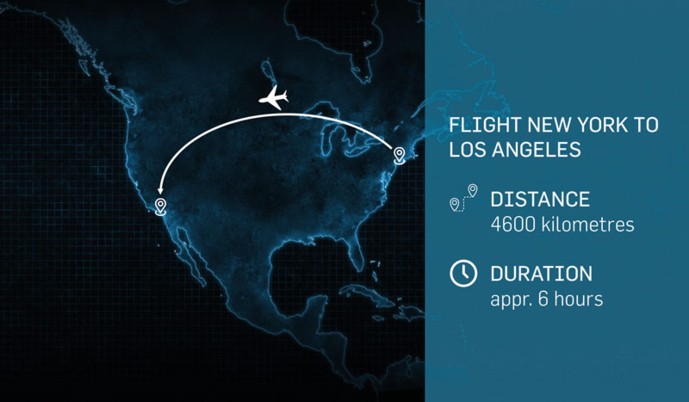
If a passenger with reduced mobility wishes to travel on this route with a low-cost carrier, he or she must assume that the aircraft is not equipped with an accessible lavatory. This is because such lavatory systems are not mandatory on a single-aisle fleet. Operators of wide-body aircraft, on the other hand, must ensure this.
At the same time, the ticket price of wide-body aircraft is higher. People with Reduced Mobility therefore have to accept disadvantages in terms of both choice and price.
Starting with the Interior
Aircraft manufacturers therefore have optimised space availability at the top of their agenda. The central lever, but also the central challenge, lies in the shape and design of the interior of a new aircraft. If changes are made to the interior of an older aircraft, a so-called retrofit, this means an elaborate certification process.
The installation of an accessible lavatory on board a narrow-body aircraft is ultimately a compromise: the seating capacity is not reduced, but the installation of the toilet reduces the space in the galley. The galley is the place in the aircraft cabin where all products for the service are stored or stowed and where the cabin crew prepares the service.
With the help of a trolley - a movable storage unit with wheels - the cabin crew finally serves the products to the passengers on board.
When thinking about in-flight service, especially on long-haul flights, there should be enough space in the galley for the cabin crew, e.g. for in-flight meals and drinks. If more galley space is needed, an additional galley unit must be installed in the aircraft. This reduces the number of available seats and increases the weight of the aircraft. Presumably, this is one reason why airlines are reluctant to install accessible toilets in their new or existing aircraft. The concept is presented in great detail on the Airbus Services website (Airbus 2021c).
The future begins....now!
Despite all the technical challenges, there are solutions that create space:
- The interior of the Space-Flex lavatories of Airbus in both versions is large enough in an A321 to accommodate a passenger with an OBW.
- Collins Aerospace also has a concept with an accessible lavatory (Pax Plus) for the Boeing 737. This concept is called Pax Plus. However, it reduces the much needed galley capacity and thus the number of service products on board (Collins Aerospace 2021).
- ST Engineering has also designed a new, easily accessible aircraft lavatory. Called the Access Expandable Lavatory, this concept features a movable wall that allows the lavatory to be enlarged without compromising seating capacity. The design offers 40% more space than a conventional aircraft toilet. The additional floor space is large enough to accommodate a passenger in a wheelchair and an assistant. The ST Engineering lavatory concept was unveiled at the Singapore Airshow 2020.
LAV4ALL - 100% barrier-free
In order to increase the sense of privacy and dignity of Passengers with Reduced Mobility and to improve travel comfort in general, FACC has developed a new lavatory solution, with hygienic surfaces and seamless design: LAV4ALL with 100% accessibility and more freedom of movement inside with the same external dimensions. It is also currently the design that allows transfer without any assistance. You can find more information here.
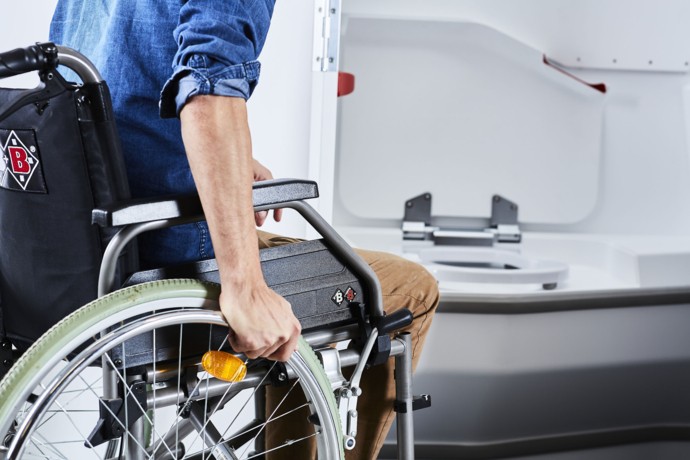
Our main goal was to create a win-win situation. On the one hand, the airlines do not lose seat capacity, on the other hand, we have tried to realise the best design in the smallest space that meets all passengers' needs.
Bernhard Hatzmann, Director Qualification at FACC about LAV4ALL
Innovative strength for the mobility of tomorrow
Flying is pure fascination. The aviation industry has set itself the clear goal of making this fascination accessible to everyone. Aircraft should therefore become even more efficient, safer, quieter, more sustainable, more comfortable and barrier-free. The Corona crisis has taken a heavy toll on the aircraft industry and has noticeably changed people's behaviour and preferences. But it is precisely these changes that the industry actively seeks to address and transform into consistent improvement. Day by day.











